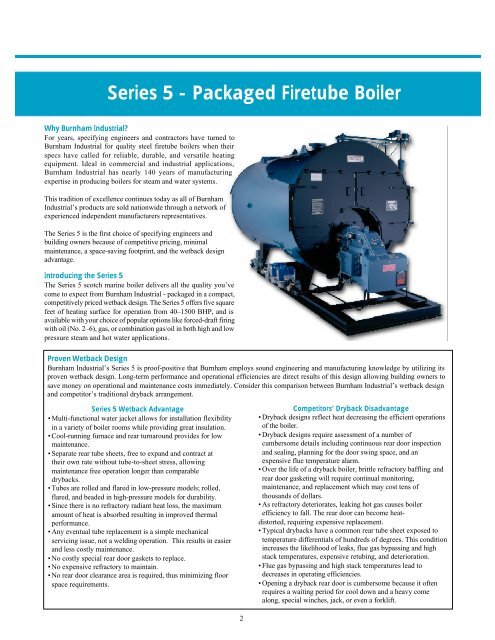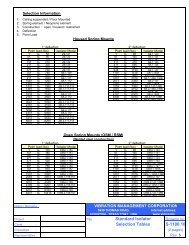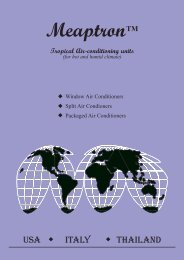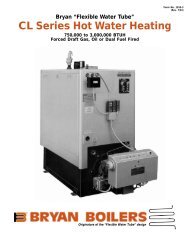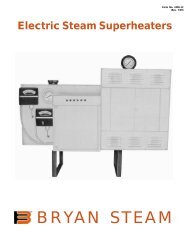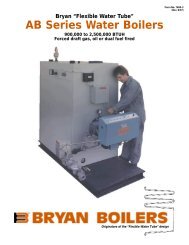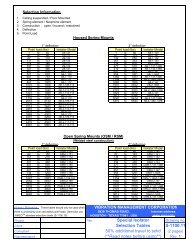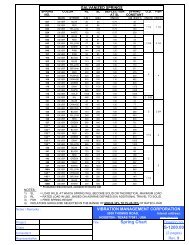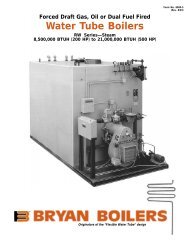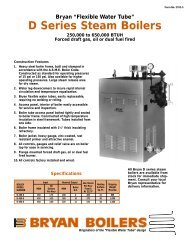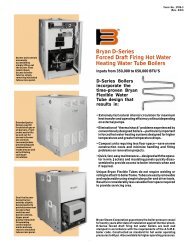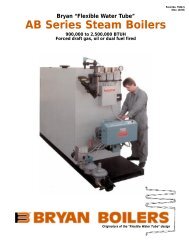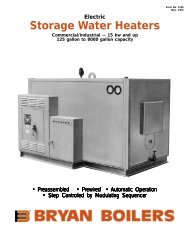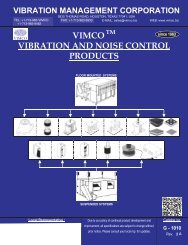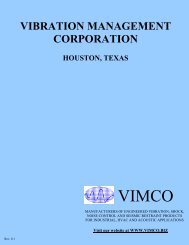You also want an ePaper? Increase the reach of your titles
YUMPU automatically turns print PDFs into web optimized ePapers that Google loves.
<strong>Series</strong> 5 - <strong>Packaged</strong> <strong>Firetube</strong> <strong>Boiler</strong><br />
Why Burnham Industrial?<br />
For years, specifying engineers and contractors have turned to<br />
Burnham Industrial for quality steel firetube boilers when their<br />
specs have called for reliable, durable, and versatile heating<br />
equipment. Ideal in commercial and industrial applications,<br />
Burnham Industrial has nearly 140 years of manufacturing<br />
expertise in producing boilers for steam and water systems.<br />
This tradition of excellence continues today as all of Burnham<br />
Industrial’s products are sold nationwide through a network of<br />
experienced independent manufacturers representatives.<br />
The <strong>Series</strong> 5 is the first choice of specifying engineers and<br />
building owners because of competitive pricing, minimal<br />
maintenance, a space-saving footprint, and the wetback design<br />
advantage.<br />
Introducing the <strong>Series</strong> 5<br />
The <strong>Series</strong> 5 scotch marine boiler delivers all the quality you’ve<br />
come to expect from Burnham Industrial - packaged in a compact,<br />
competitively priced wetback design. The <strong>Series</strong> 5 offers five square<br />
feet of heating surface for operation from 40–1500 BHP, and is<br />
available with your choice of popular options like forced-draft firing<br />
with oil (No. 2–6), gas, or combination gas/oil in both high and low<br />
pressure steam and hot water applications.<br />
Proven Wetback Design<br />
Burnham Industrial’s <strong>Series</strong> 5 is proof-positive that Burnham employs sound engineering and manufacturing knowledge by utilizing its<br />
proven wetback design. Long-term performance and operational efficiencies are direct results of this design allowing building owners to<br />
save money on operational and maintenance costs immediately. Consider this comparison between Burnham Industrial’s wetback design<br />
and competitor’s traditional dryback arrangement.<br />
<strong>Series</strong> 5 Wetback Advantage<br />
• Multi-functional water jacket allows for installation flexibility<br />
in a variety of boiler rooms while providing great insulation.<br />
• Cool-running furnace and rear turnaround provides for low<br />
maintenance.<br />
• Separate rear tube sheets, free to expand and contract at<br />
their own rate without tube-to-sheet stress, allowing<br />
maintenance free operation longer than comparable<br />
drybacks.<br />
• Tubes are rolled and flared in low-pressure models; rolled,<br />
flared, and beaded in high-pressure models for durability.<br />
• Since there is no refractory radiant heat loss, the maximum<br />
amount of heat is absorbed resulting in improved thermal<br />
performance.<br />
• Any eventual tube replacement is a simple mechanical<br />
servicing issue, not a welding operation. This results in easier<br />
and less costly maintenance.<br />
• No costly special rear door gaskets to replace.<br />
• No expensive refractory to maintain.<br />
• No rear door clearance area is required, thus minimizing floor<br />
space requirements.<br />
2<br />
Competitors’ Dryback Disadvantage<br />
• Dryback designs reflect heat decreasing the efficient operations<br />
of the boiler.<br />
• Dryback designs require assessment of a number of<br />
cumbersome details including continuous rear door inspection<br />
and sealing, planning for the door swing space, and an<br />
expensive flue temperature alarm.<br />
• Over the life of a dryback boiler, brittle refractory baffling and<br />
rear door gasketing will require continual monitoring,<br />
maintenance, and replacement which may cost tens of<br />
thousands of dollars.<br />
• As refractory deteriorates, leaking hot gas causes boiler<br />
efficiency to fall. The rear door can become heatdistorted,<br />
requiring expensive replacement.<br />
• Typical drybacks have a common rear tube sheet exposed to<br />
temperature differentials of hundreds of degrees. This condition<br />
increases the likelihood of leaks, flue gas bypassing and high<br />
stack temperatures, expensive retubing, and deterioration.<br />
• Flue gas bypassing and high stack temperatures lead to<br />
decreases in operating efficiencies.<br />
• Opening a dryback rear door is cumbersome because it often<br />
requires a waiting period for cool down and a heavy come<br />
along, special winches, jack, or even a forklift.


